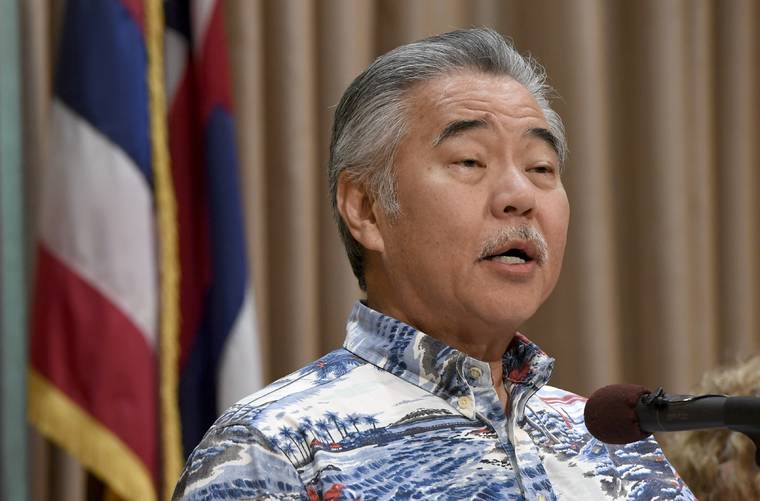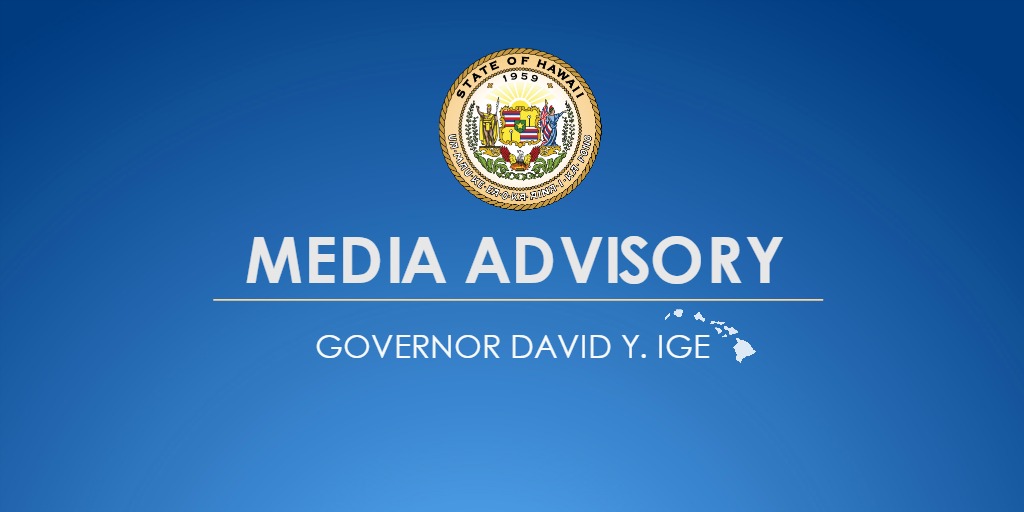No Shutdown Planned for Hawaii, says Governor David Ige
 At a press conference on August 23, Governor David Ige asked visitors to stay away from Hawaii until the end of October. This press conference, combined with articles in the local press seems to have confused many people. Since that news conference many people have canceled their travel plans to the State. Ige acknowledged that “most” new cases of the virus are the result of residents traveling off-island and coming back home to spread COVID-19 in the community. He then went on to say, “I’m asking all residents and visitors alike to restrict travel, curtail travel, to Hawaii to essential activities only”.
At a press conference on August 23, Governor David Ige asked visitors to stay away from Hawaii until the end of October. This press conference, combined with articles in the local press seems to have confused many people. Since that news conference many people have canceled their travel plans to the State. Ige acknowledged that “most” new cases of the virus are the result of residents traveling off-island and coming back home to spread COVID-19 in the community. He then went on to say, “I’m asking all residents and visitors alike to restrict travel, curtail travel, to Hawaii to essential activities only”.
In a follow-up press conference, on Monday September 13, the Governor announced that there are no plans for another full-scale shutdown in Hawaii, despite an ongoing surge of COVID-19 cases in the islands. Governor Ige stated that if he does enact additional restrictions, they will likely be in the form of curfews or further restrictions on the size of social gatherings.
At this time, hospitalizations of COVID-19 patients have remained stable and there are signs that the rapid rise in cases of the virus is abating. The seven-day average of new cases had dropped 37% from where they were two weeks prior, according to the state’s data and the number of tests coming back positive declined to 6.9% in the same time period.
As of September 13, There were 165,680 eligible Hawaii residents out of a total population of 1.42 million who had not initiated the vaccination process, according to state data. Children under age 12 still aren’t eligible for the vaccine. There are 76.6% of the eligible population in Hawaii now fully vaccinated, while 86.4% of the eligible population has received at least one shot. By comparison, 63% of the eligible U.S. population is fully vaccinated, while 74% has received at least one shot, according to data from the Centers for Disease Control and Prevention.
Ige’s comments reflect a significant shift in public policy relating to the coronavirus. While prior to the vaccine, the focus was on controlling cases, now the emphasis is on ensuring adequate health care resources. In addition to the widespread availability of free vaccines, Ige noted that the treatment for COVID-19 has improved. While the state has ample hospital beds, staffing has been a major constraint, prompting the state to bring in an extra 600 nurses and other health care professionals to assist with COVID- 19 patients.




